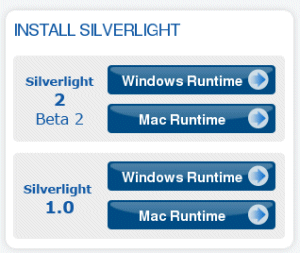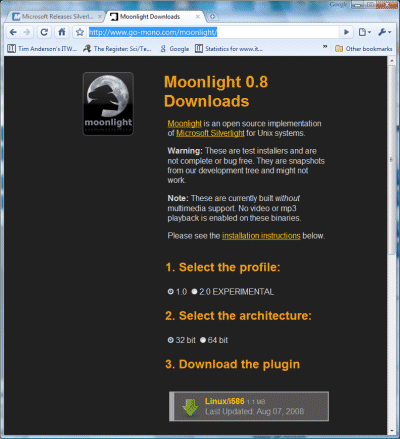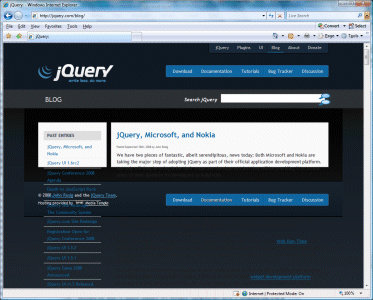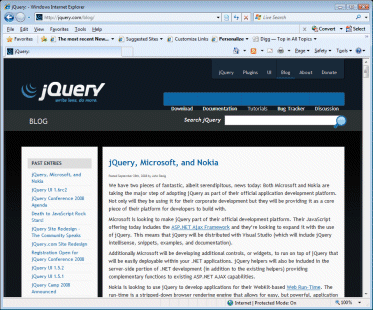I’m at London’s dreary Excel centre for Carson’s Future of Web Apps conference, just before the opening of day two. Yesterday was a mixed bag; good when speakers talk technical; bad when they descend into marketing. The origins of the conference are as a start-up incubator; developers and entrepreneurs getting together to see what’s new and make contacts. It still has some of that flavour, but it has grown beyond that because web apps are a mainstream topic and Carson attracts generally excellent speakers. There is a good crowd here; I’m not sure if every last ticket sold, but it is pretty much packed out, though the dark economic mood is dampening spirits.
Digg’s Kevin Rose spoke briefly about his site’s new recommendation engine, which has been active since July or so. The idea is that Digg learns a user’s profile by examining clicks and votes, using it to customize what the user sees. He spoke about a forthcoming feature, where third-party sites will be able to call the Digg recommendation engine to get profile information that it can then use to customize its own site.
An interesting idea; though it raises several questions. How does it work – would logging out of Digg be sufficient to disable it? Will users opt-out or opt-in? How much of this kind of customization do we want anyway?
This whole theme of contextualization is a big one here; it ties in closely with social networking, and Google’s OpenSocial API is getting quite a bit of attention.
Blaine Cook (ex Twitter now Yahoo, Ruby guy and inventor of OAuth) gave a though-provoking session on scalability along with Joe Stump from Digg (and a PHP guy). They took the line that languages don’t matter – partly a reflection on Twitter’s scaling problems and whether it was Ruby’s fault. Other factors make language efficiency unimportant, they said, such as disk I/O and network speed; and the secret of scaling is multiple and redundant cheap boxes and apps which are segmented so that no one box is a bottleneck. The case was overstated but the main points strike me as sound.
I’m wondering how many of the developers here are actually having to deal with these kinds of scalability problems. Many web apps get only light use; the problems for everyday developers are different.
I attended a session entitled "The future of Enterprise Web Apps" by Googler Kevin Marks. It turned out to be a plug for the OpenSocial API; not what I was expecting.
Francisco Tolmasky of 280slides.com evangelised his Objective-J and Cappucino JavaScript framework, based loosely on Apple’s Cocoa framework. Hmm, bit like SproutCore.
I give Tolmasky credit for the most striking analogy of the day. The Web is DVD is says, and the desktop VHS. Adobe’s AIR is a combo player. He is talking about transition and leaving us in no doubt about what he sees is the future of the desktop.
Best sessions of the day (that I attended) were Blaine Cook on Jabber and its XMPP protocol, and David Recordon from SixApart on the evolving Internet "open stack". In this he includes:
- OpenID + hCard for identity
- XRDS-Simple for discovery (http://is.gd/3M53)
- OAuth for authentication
- ATOM and POCO ( or PorC) – Portable contacts)
- OpenSocial
I put these two sessions together because they both addressed the "Web as platform" topic that is really the heart of why we are here. Spotting which APIs and protocols will win is tricky; but if consensus is reached on some or all of these, they will impact all web developers and bring new coherence to what we are doing.
I’ll be covering today on Twitter again – see here if you want to follow.



